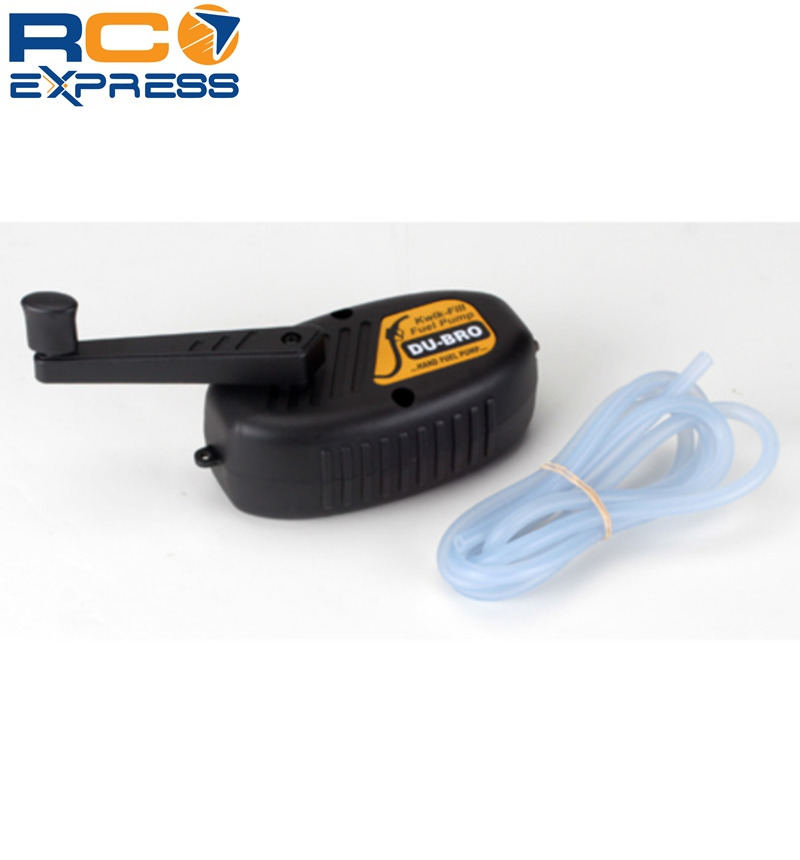
Invest in the best equipment you can afford-whether it is the airframe, turbine, radio equipment, servos, etc.-and you will be assured of greater success. If you want to immerse yourself, your emotional debt is high and you will be more willing to spend more.īased on my experience, you get what you pay for. If you only want to experiment, your emotional debt is low and you have an exploratory limit that you’re prepared to spend. I use the term “emotional debt level,” which means how committed you are to investing on your next aircraft. Although the cost of entering the jet scene has reduced dramatically in recent years, it’s still expensive. You first need to determine how much you plan to spend.

It’s said that we are in tough economic times, but the jet community seems to still find a way to fund its projects and attend events. It’s fulfills our need to immerse ourselves in the hobby. I see many of my old friends whom I competed against in F3A and IMAC gravitating toward jets. Turbine operation has become easier and there are more options for the consumer. This is largely because jets are just so cool, and are now heavily supported by the explosion of decent-quality, highly prefinished ARFs. Most of the larger segments of RC are seeing event attendance stabilizing or reducing, but the jet community is seeing substantial growth. People would boast, “I own a 40 percenter.” Today, the buzz is about jet turbines. Ten years ago, the buzz at the field was about 40% International Miniature Aerobatic Club (IMAC) type aircraft. Jets are one of the most aspirational and biggest growing segments in fixed-wing RC.

Learn what it takes to join the turbine jet communityįeatured in the June 2014 issue of Model Aviation.


 0 kommentar(er)
0 kommentar(er)
